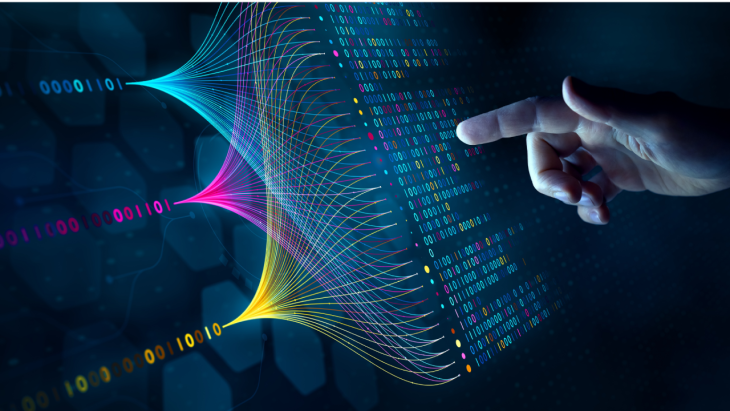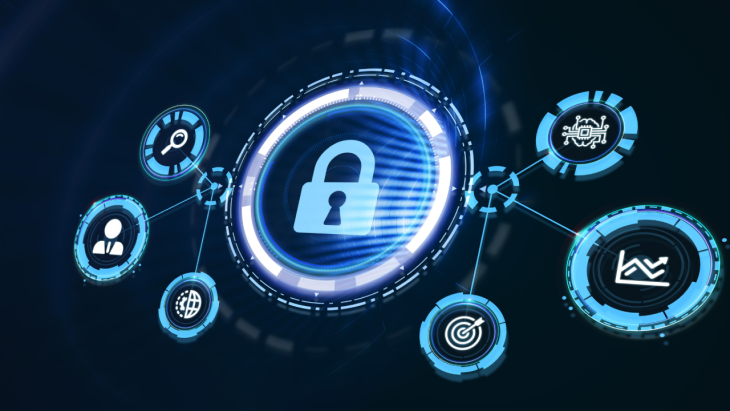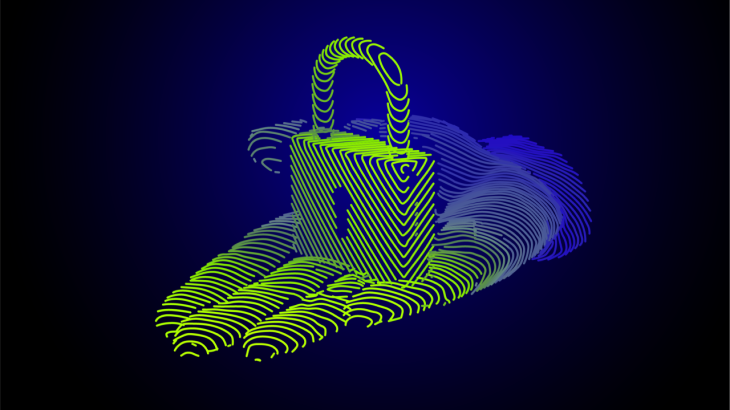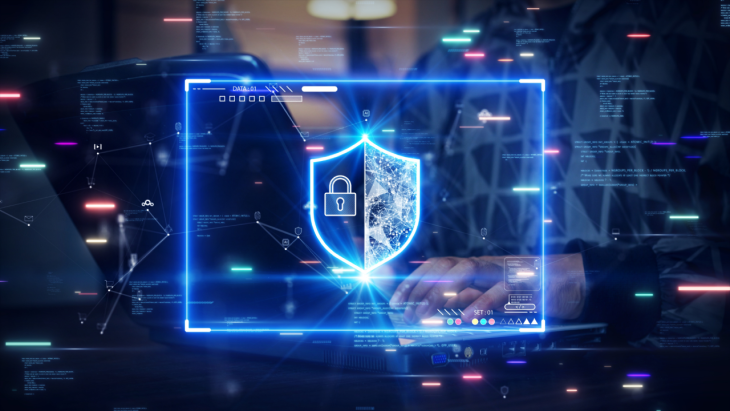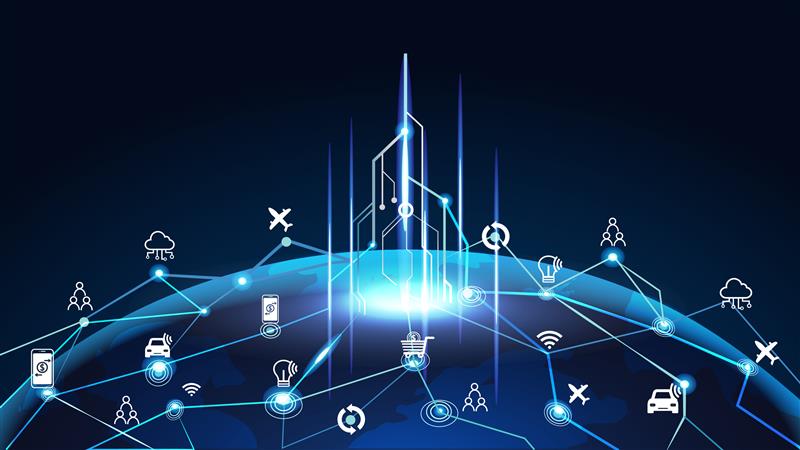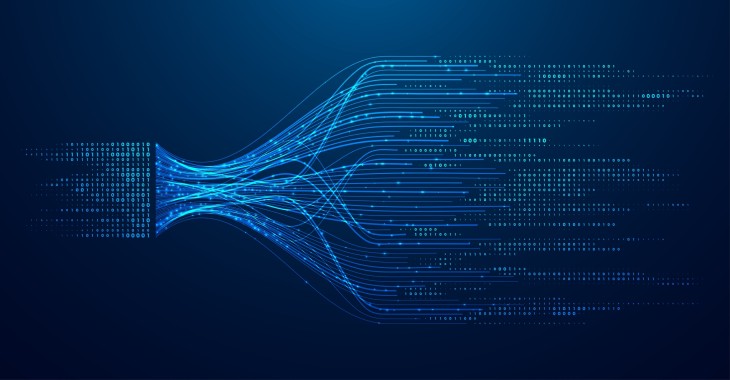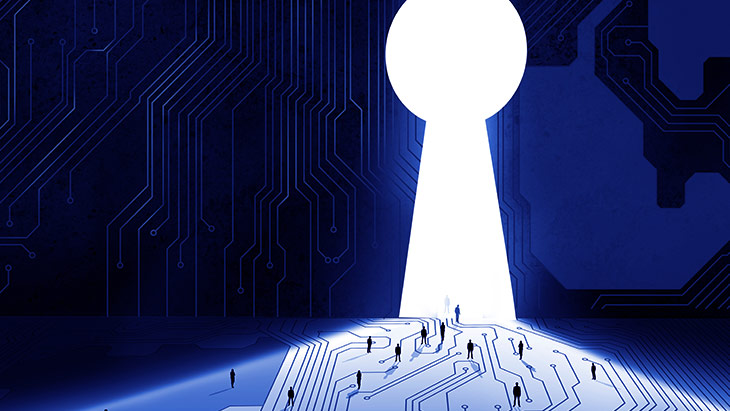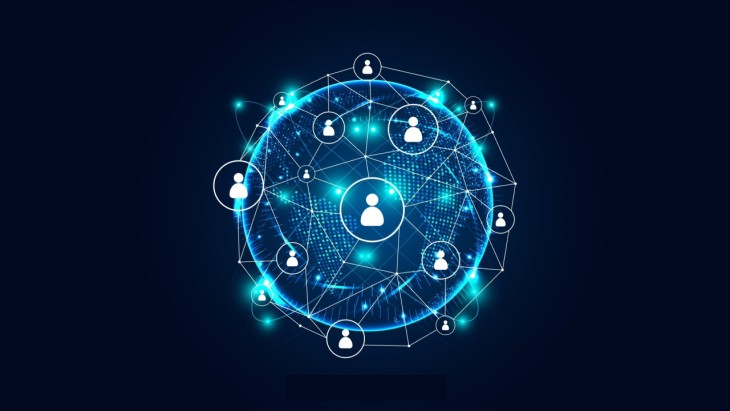
Secure Remote Access: Rethinking Cybersecurity in a Remote Work Era
The global pandemic triggered one of the most significant transformations in modern workplace culture: the widespread adoption of remote work. What began as a temporary response to a global crisis has now evolved into a lasting model. Today, many companies have either fully embraced remote operations or adopted hybrid structures, where employees split their time between home and office.
This shift has brought undeniable benefits. Employees have gained greater flexibility, allowing for better work-life balance and time management. Meanwhile, companies have reduced costs associated with office rentals and utilities and can now tap into a broader, geographically unrestricted talent pool. However, this new reality also introduces significant cybersecurity challenges—particularly in managing secure access to internal systems, applications, and data from external, potentially untrusted environments.
The Hidden Costs of Remote Work: Security Risks
Remote work requires companies to extend their internal systems and resources beyond the physical boundaries of the office. Employees now access sensitive data and systems from home networks, personal devices, and public internet connections.
This shift presents major security challenges:
· Increased attack surface due to external network connections.
· Higher exposure to phishing and malware threats via email.
· Inconsistent security control over employee endpoints.
· Complexity in managing remote access rights.
To address these issues, companies must integrate robust cybersecurity solutions that not only protect their systems but also empower employees to work safely from any location. This is where Secure Remote Access (SRA) solutions come into play, offering a reliable mechanism to ensure that only authorized personnel can access corporate resources from remote locations.
The Secure Remote Access solutions must:
· Ensure data confidentiality and integrity during remote sessions.
· Enforce proper authorization to sensitive resources.
· Authenticate user identity in a verifiable and context-aware manner.
A commonly used method for secure remote access is the Virtual Private Network (VPN). VPNs establish encrypted tunnels between user devices and company networks, giving users the appearance of being locally connected. However, while VPNs are effective at establishing secure connections, they also introduce several security and operational challenges:
1) Untrusted Endpoints: VPNs generally trust the user devices that are not managed or monitored by the organization. These endpoints—such as personal laptops or mobile devices—may lack essential security controls, be running outdated software, or even be compromised with malware. Granting access from such untrusted devices increases the risk of credential theft, data leakage, and lateral movement within the network.
2) Client Software Complexity: VPNs typically require users to install dedicated client software. This adds friction for end users and creates additional work for IT teams, who must manage software deployment, updates, and troubleshooting across a wide variety of devices and platforms.
3) Overly broad Access: VPNs often grant users access to large segments of the internal network. Enforcing the Principle of Least Privilege (PoLP)—ensuring users only access what they strictly need—becomes more difficult, increasing the potential impact of any compromised account.
4) Identity and Access Management Challenges: In a VPN-dependent environment, assigning and managing the right access levels for each user becomes complex, especially as organizations scale or integrate third-party collaborators.
These challenges point to the need for a more modern, granular, and scalable solution than traditional VPNs.
The Solution: Remote Privileged Access Management (RPAM)
While VPNs can provide secure access, they do not address all the issues posed by remote work, especially regarding privileged users—those who require elevated access to critical systems. This is where Privileged Access Management (PAM) comes into play. PAM helps organizations manage the access of privileged users—system administrators, third-party contractors, and other high-level personnel—by enforcing strict controls and monitoring.
Remote Privileged Access Management (RPAM) takes this a step further by addressing the specific security challenges of remote access for privileged users.
RPAM solutions offer:
· VPN-less Access: No need to install or maintain VPN clients or grant broad network access.
· Granular Access Control: Enforce least privilege by restricting access based on role, time, or task.
· Strong Authentication: Enforce identity verification for every access request.
· Session Monitoring and Auditing: Every session is logged and monitored for compliance and threat detection.
Key Features of Our RPAM Solution: Secure Remote Access
Kron’s RPAM solution, Secure Remote Access, not only overcomes the limitations of VPNs but also provides a more secure, flexible, and scalable approach to remote access management. By eliminating VPN dependency, Secure Remote Access simplifies deployment, reduces IT overhead, and enhances security.
Secure Remote Access empowers organizations to confidently secure their hybrid and remote work environments—striking the right balance between accessibility and control. By combining Zero Trust principles, Just-In-Time access, and tight privilege management within a VPN-less architecture, Secure Remote Access delivers a modern, auditable, and highly secure remote access solution—without compromising usability or system integrity.
Key capabilities include:
· Just-In-Time (JIT) access: Privileged access is granted only at the moment it's needed and automatically revoked once the task is complete—minimizing exposure and reducing standing privileges.
· Enforcing least privilege access: Ensures that users can access only the specific systems, applications, or data required for their task—nothing more.
· Temporary privilege elevation: Access rights are limited in scope and time, reducing the risk of abuse or lateral movement.
· Continuous session monitoring and auditing: All sessions are monitored in real time and logged in detail, supporting regulatory compliance and accelerating incident response.
· Zero Trust security model: Assumes no implicit trust—every access request is verified based on identity, device posture, context, and policy before granting access.
· VPN-less, browser-based connectivity: Provides secure, encrypted remote access without exposing the internal network or requiring cumbersome VPN clients.
Conclusion
As businesses embrace hybrid work environments, securing remote access becomes more critical than ever. Traditional VPN solutions can be effective, but they come with limitations, especially when managing privileged users. Remote Privileged Access Management (RPAM) provides a modern, VPN-less approach to secure remote access, offering granular access control, enhanced monitoring, and the ability to enforce least privilege principles.
Kron PAM’s RPAM solution (Secure Remote Access) enables highly authorized users to access internal systems in a controlled and monitored manner without a VPN, integrating IAM and PAM approaches. Thanks to the access control, authentication, and session monitoring capabilities offered by the integrated PAM product (Kron PAM), Secure Remote Access can securely manage privileged access from outside the company, significantly reducing the potential attack surface.
*Written by Engin Deniz Tümer. He is an Expert Product Owner at Kron.
Highlights
Other Blogs

Securing Application Credentials with Kron PAM: A Shield Against Cyber Breaches

